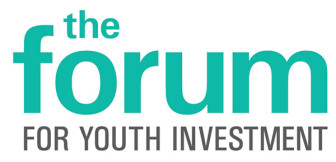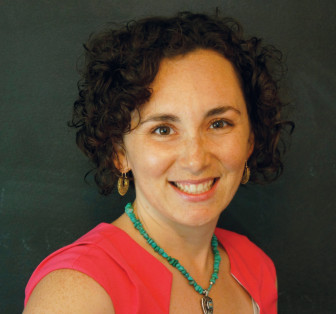The year before we opened our charter school in St. Louis, another one had closed. It was a school for dropouts, ages 15 to 21. Our school was designed for a similar population: those pushed out of school because of complicated life issues, like homelessness and teenage parenting. We were determined to learn from our predecessor.
We met with the leaders of the closed school. They encouraged us to serve older youth. In their experience, 15- and 16-year-olds often seemed externally motivated to enroll: School was an alternative to jail; mom was threatening to kick them out; they were doing it for a romantic partner. Meanwhile, the 18-and-older crowd seemed much more internally motivated. A few years out of school had shown them the struggles of life without a degree. These young people often had children and needed jobs. Many lived on their own, and almost all saw a need for education past high school.
We listened. In August 2010 we opened our doors to any 17- to 21-year-old disconnected youth in the city of St. Louis. We only asked for an expressed desire to be in school and a willingness to get to graduation-ready for adult demands. Little did we know that our predecessor’s pressing recommendation would quickly spiral us to our own downfall.
Why? We could not get students ready in time – that is, before public funding for their education dried up. In public education, the money runs out on a student’s 21st birthday. The sense of urgency was palpable. We once had a teacher present to our board and get visibly upset telling us how tough it was to keep students coming back with ticking alarm clocks around their necks. For many of our students, age 21 arrived just as they were finding their stride. Enrolling at 19 or 20, these students had huge hurdles to overcome — academically and otherwise.
For many students, their education was not the only thing running out. Many students were simultaneously aging-out of foster care and TANF assistance. Students who had legal issues floated between juvenile and adult courts. All of this in spite of their unreadiness and unwillingness to fully transition into adulthood.
Our school closed after only three years. There were a couple reasons, but this was the core: Students aged out of our public high school before they were diploma-ready, let alone ready for college and careers. We feared for our students as we watched every public “rug” get pulled out from under them.
Somewhere, long ago, American society drew arbitrary-yet-quite-permanent lines in the sands of child and youth development. No matter how little you know, how unskilled you are, or or how unready you feel, adulthood arrives at predetermined ages.
[Related: Why We Need to Rethink Our Conceptions of Adolescence]
In nine states, 16- and 17-year-olds who commit a crime are considered an adult.
Depending on where a young person in foster care lives, he or she might be forced into independence at 18. Others qualify for some supports until 19, 20 or 21.
At 18, you are your own legal guardian: You can vote, smoke and get your own place.
At 21, all bets are off. Every public system sees you as an adult.
All of this, in spite of mounting evidence that adolescence can last until age 26. I get it. Public programs and policies need clear ways to decide when someone can start or finish. Age is a hardto- argue-with metric. This metric may be good for policy, but not always young people or the public. There are serious public and personal costs whenever a young person enters adulthood without the ability to get by. Our students hurtled toward a finish line they weren’t ready to reach. Once they crossed it, they were on their own. They no longer qualified for our school or supports they still needed. Many turned to risky behaviors in order to cope.
We know a lot about what adulthood requires. Recent advances in brain science and developmental psychology, matched with on-theground experience, draws a solid roadmap for helping young people transition from adolescence to adulthood. With this information, we should be able to get every young person into adulthood, ready and able. But that task requires re-evaluating and changing policies and practices that push and age-out young people before they are ready.
Our young people and communities can no longer accrue the incredible costs of using age as proxy for stage. They need environments, people, experiences and spaces that promote rather than prohibit their development. When young people make it into adulthood with support and success, we all win.
Stephanie Malia Krauss is a senior fellow at The Forum For Youth Investment, focusing on issues of youth readiness and competencybased education. She was previously president and chief executive officer of Shearwater Education Foundation.
 This column was produced in partnership with the Forum for Youth Investment.
This column was produced in partnership with the Forum for Youth Investment.
More related articles:
We Must Stop Criminalizing Adolescence
The Problems and Solutions in Adolescence and Addiction
The Race Our School and Students Didn’t Win: Aging-out of Adolescence



























